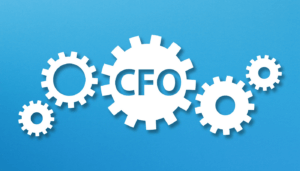One of the most important factors in determining the success and effectiveness of a family office is creating a structure that supports the family and its objectives. This is typically a personalized decision that addresses several factors, such as the family’s situation, goals, and relationships.
It’s important for the family to decide what its office will do, who will have the authority for various decisions, and how the office will be staffed.
Common problems that can hinder not only the performance of the family office but also relationships within a family include:
- Undefined agreements and misaligned expectations about the family office’s role.
- Poor oversight and communication between the family office and the family.
- Not treating the family office as a business in its own right.
Decide What You’re Best At
It’s important for family office principals to identify which activities are best aligned with their skills, interests, and goals for the family office. These may include, for instance, investing, managing real estate, philanthropic activities, or travel. The family office principals should identify which activities they want to perform on a hands-on basis, and who will perform others.
Routine tasks often outsourced include paying the family bills, investment management, accounting and reporting, tax planning, and managing the technology that helps the principals and advisers manage the family office. Many principals prefer to outsource routine functions and allow professionals to create and manage budgets so they can focus more on living their lives than managing day-to-day tasks.
How Should You Organize Your Family Office?
Another critical consideration is discussing what the family office structure will be and how the family office will be governed. After outlining what needs to be done, you must identify who has the appropriate authority and accountability for those functions continuously.
Most family offices have a variety of operating frameworks that may include:
- Principal-directed. One or two people make major decisions, with the family holding meetings consistently and the family office providing regular updates and reports.
- A family board. The family creates a formal board that holds quarterly meetings while providing at least monthly updates to other members. The board will often establish a charter that outlines the mission of the family office.
- A family council. This can be less formal than a board, with family members gathering for meetings and discussions on a consistent basis. As with other structures, family members receive regular reports.
Regardless of the operating structure, the family office needs internal controls that place limits on the authority of your professional advisors. Typical measures include requiring two signatures on checks above a certain amount, outlining who can approve major purchases, and other measures to help protect the family against fraud and financial misconduct.
Information-Sharing Practices
Beyond the monthly and quarterly reports, it’s important to consider the appropriate types and levels of information that will be shared with the family’s heirs. Some families promote early involvement and training in financial management, stewardship, and philanthropic practices to help the younger generation understand the sources and management of the family’s wealth. This involvement and preparation can help ensure a smooth transfer of wealth and other assets at the appropriate time.
Addressing these considerations as a family office is established and revisiting your assumptions annually can help ensure the family office is meeting its desired goals and serving the family effectively. For more information or assistance with establishing the structure, internal controls, and reporting of your family office, reach out to arrange an introduction with our team.

















